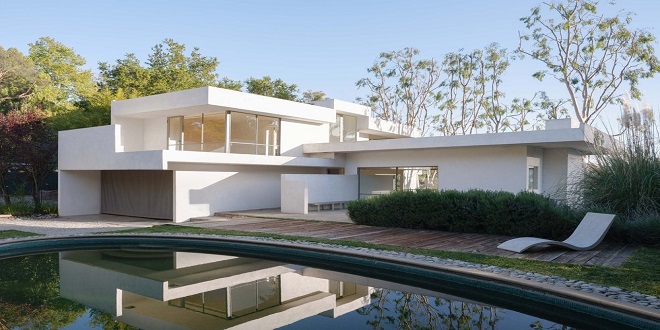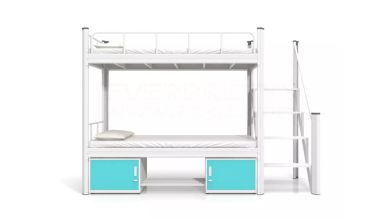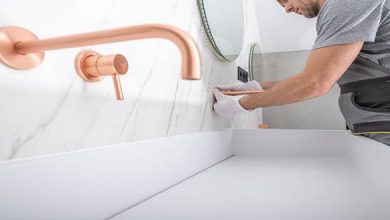Mak Center For Art And Architecture At The Schindler House

The Mak Center for Art and Architecture at the Schindler House is a historic house and Research Center in Los Angeles, California. Austrian-American architect Rudolph M. Schindler designed and built the house in 1922. It is considered one of the most important examples of early Modernist residential architecture in the United States.
Since its completion, the Schindler House has been home to several noted residents, including Neutra, who lived there from 1925 to 1933. In the 1960s, the house was used as a set for the
What Inspired Rudolph Schindler When He Designed The Mak Center For Art And Architecture At The Schindler House?
Rudolph Schindler designed the Mak Center for Art and Architecture at the Schindler House in West Hollywood, California, in the early 1940s. The design was inspired by the California landscape and Schindler’s experience living in and designing for the region. The Mak Center is a prime example of Schindler’s interest in California modernism and his ability to translate that interest into innovative and functional design.
The Mak Center is just one of many examples of Rudolph Schindler’s contributions to California modernism. His work helped to shape the region’s architectural identity and set the stage for many of the defining characteristics of modernist design.
How Does The Mak Center For Art And Architecture At The Schindler House Embody The Principles Of Schindler’s Architectural Philosophy?
In his architectural philosophy, Austrian-American architect Rudolph Schindler believed a building should be designed to take advantage of its natural surroundings. The best way to do this was to blur the lines between indoor and outdoor spaces. The Mak Center for Art and Architecture at the Schindler House in Los Angeles is a perfect example of this philosophy in action.
Designed by Schindler in 1922, the Schindler House was originally intended as a live/work space for two families. The two separate apartments were connected by a central courtyard, which served as a shared outdoor space and a source of natural light and ventilation for the entire house.
Today, the Mak Center uses the Schindler House as its headquarters, and the courtyard still plays a central role in the building. The Mak Center hosts various events in the courtyard throughout the year, taking advantage of the space’s unique ability to blur the lines indoors and out.
In addition to hosting events, the Mak Center also offers a variety of educational programs that focus on the connection between art, architecture, and the environment. These programs perfectly embody Schindler’s belief that architecture should be integrated with its natural surroundings.
The Mak Center for Art and Architecture at the Schindler House is a beautiful example of how Rudolph Schindler’s architectural philosophy can be brought to life. By blurring the lines between indoor and outdoor spaces, the Mak Center creates a unique and inviting environment perfect for various events and educational programs.
What Makes The Mak Center For Art And Architecture At The Schindler House Unique Compared To Other Examples Of Residential Architecture?
Many things make the Mak Center for Art and Architecture at the Schindler House unique compared to other examples of residential architecture. For one, the house was designed by famed architect Rudolph Schindler. Additionally, the house was designed to be used as an artist’s studio and living quarters, reflected in its layout and features.
One of the most notable features of the Schindler House is its use of light and space. The house is designed in such a way that there is an abundance of natural light throughout. This was intentional on Schindler’s part, as he wanted to create a space conducive to creativity and productivity. The house also uses indoor and outdoor spaces, with several balconies and courtyards that help bring the outdoors in.
Another unique aspect of the Schindler House is its use of materials. The house was constructed primarily of wood, which was unusual for the period in which it was built. Schindler was known for his innovative use of materials, and the Schindler House is a prime example of this.
Overall, the Schindler House is a truly unique example of residential architecture. Its design reflects the specific purpose for which it was intended, and its use of light, space, and materials makes it a truly one-of-a-kind structure.
FAQ
What Educational And Public Programming Does The Mak Center For Art And Architecture At The Schindler House Offer?
The Mak Center for Art and Architecture at the Schindler House offers educational and public programming, including lectures, workshops, and educational tours of the historic house and grounds.
How Has The Mak Center For Art And Architecture At The Schindler House Been Used As A Site For Creative Experimentation?
The Mak Center for Art and Architecture at the Schindler House has been used as a site for creative experimentation because of its unique location and history. The house is located in the Los Angeles West Hollywood neighbourhood and was designed by Austrian-American architect Rudolph M. Schindler.
What Is The Role Of The Mak Center For Art And Architecture At The Schindler House In The Advancement Of Architectural Discourse?
The Mak Center for Art and Architecture at the Schindler House is an organization that promotes architectural discourse through events, programs, and publications. The center also offers fellowships and grants to support research and writing on architecture.
How Does The Mak Center For Art And Architecture At The Schindler House Contribute To Our Understanding Of The City Of Los Angeles?
The Mak Center for Art and Architecture at the Schindler House contributes to our understanding of the city of Los Angeles by providing a venue for art and architectural exhibitions, programs, and events highlighting the city’s history and diversity.
Closing Thought
Are you clear about the Mak Center for Art and Architecture at the Schindler House? If you have any questions, please feel free to comment below.




